Sept. 12, 2008 – Crash between Metrolink commuter and Union Pacific freight trains kills 25 people. The engineer at fault was texting and missed a stop signal.
October 2008 – Pres. George W. Bush signs Oberstar’s bill into law. Deadline for U.S. railroads to comply set for Dec. 31, 2015.
January 2010 – Federal Railroad Administration issues first set of “final” PTC implementation rules. Railroads oppose regulatory language and definitions.
July 2010 – Association of American Railroads challenges FRA rules in court. Class I railroads work to obtain more radio frequencies.
May 2012 – FRA issues a second set of “final” PTC rules.
December 2012 – FRA issues a third set of proposed rules.
May 2013 – Federal Communications Commission tells AAR, FRA that railroads must apply for historic review of every PTC radio tower.
Aug. 1, 2013 – Senate Bill 1462 would extend deadline for railroads to implement positive train control systems until Dec. 31, 2020.
May 2014 – FCC, preservation committee, and railroads reach agreement on radio tower
applications.
June 11, 2014 – “Grow America Act,” H.R. 4834, includes language that would allow FRA to permit PTC in stages, effectively eliminating the 2015 deadline.
Aug. 22, 2014 – FRA issues a third set of “final” PTC rules.
October 2015 – President Obama signs legislation extending the PTC deadline until Dec. 31, 2018. Law also requires railroads to submit revised PTC implementation plans within 90 days.
May 2016 – National Transportation Safety Board Vice Chairman T. Bella Dinh-Zarr urges colleagues to cite the absence of PTC as a second “probable cause” of the Amtrak train No. 188 derailment in May 2015. Board opts to list lack of PTC as a contributing factor to the accident.
For more on many of the incidents mentioned here, pick up the Train Wrecks Vol. 2 special issue, available now.





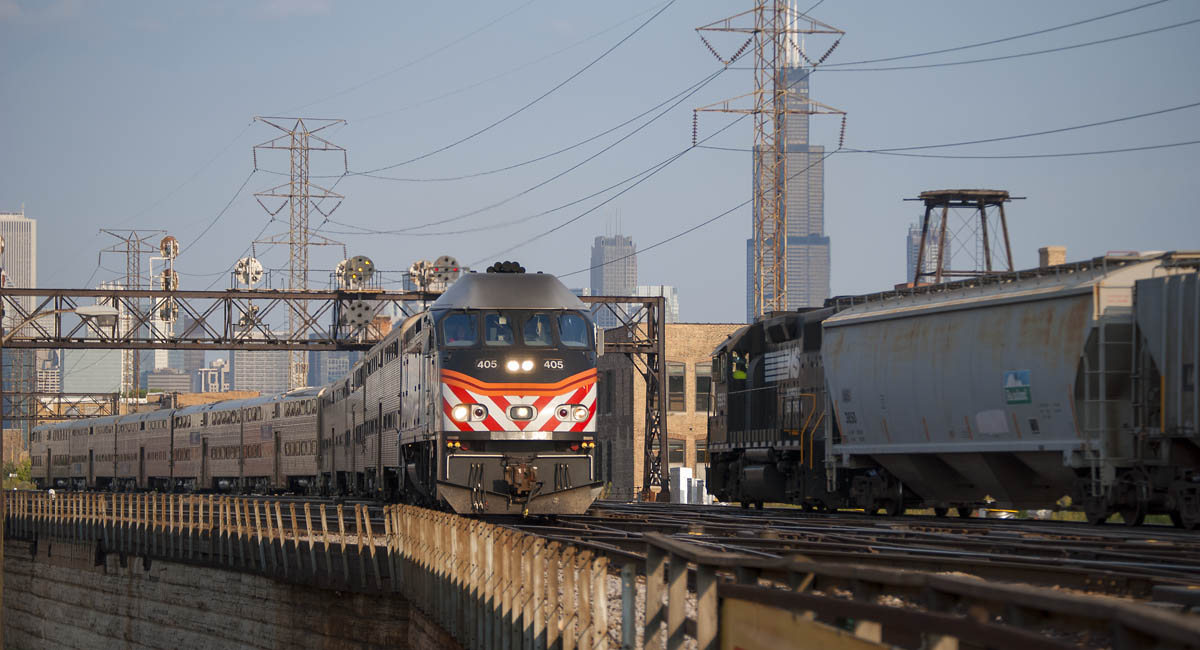
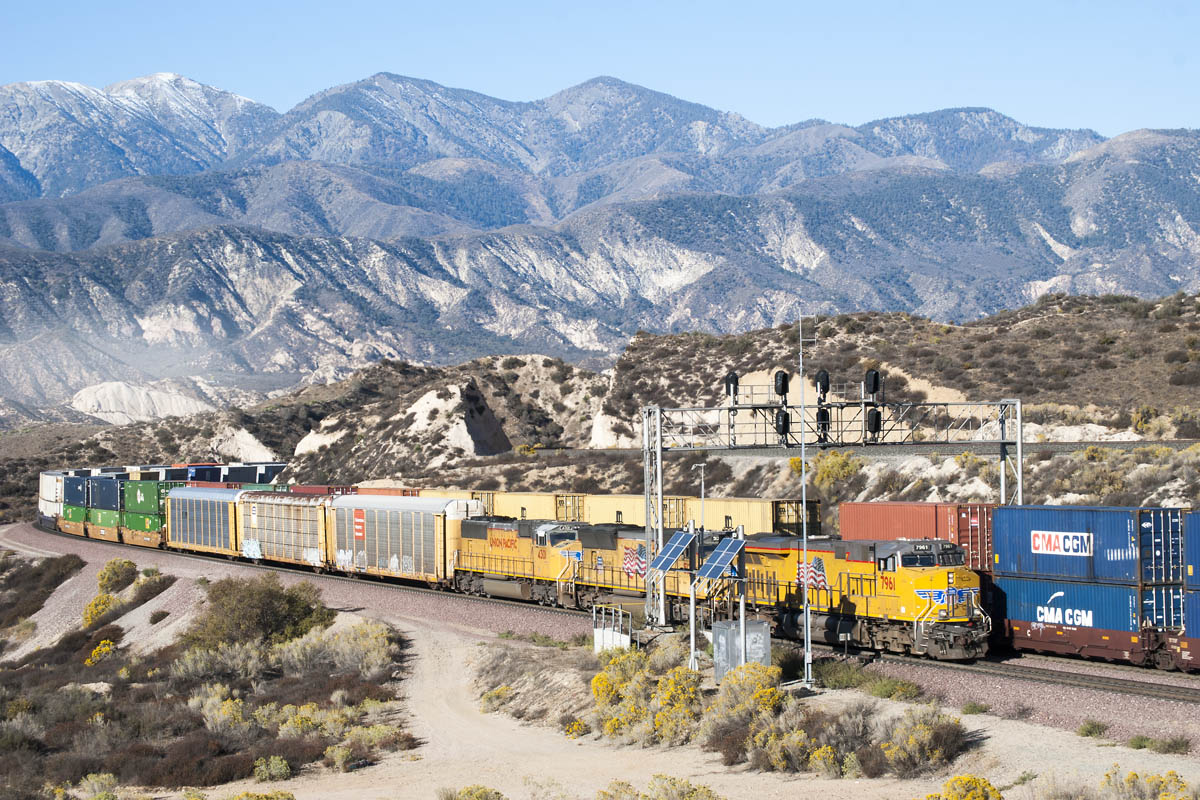
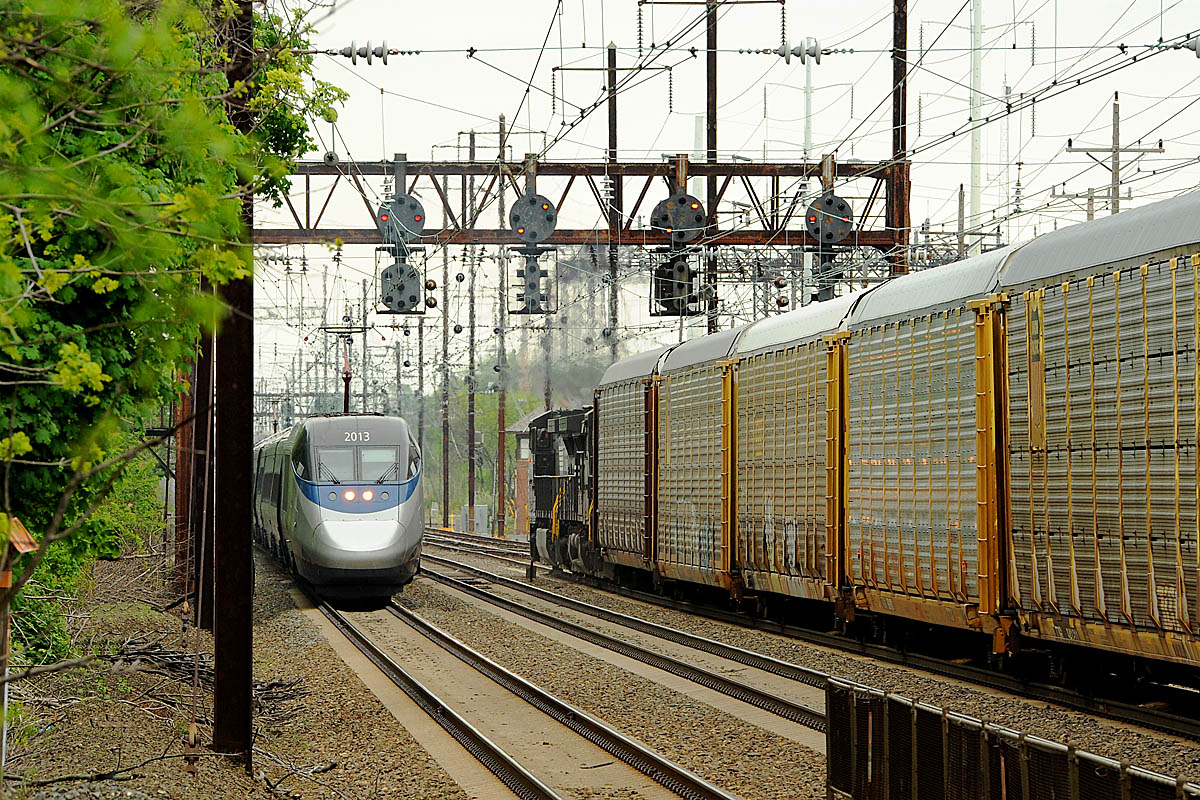

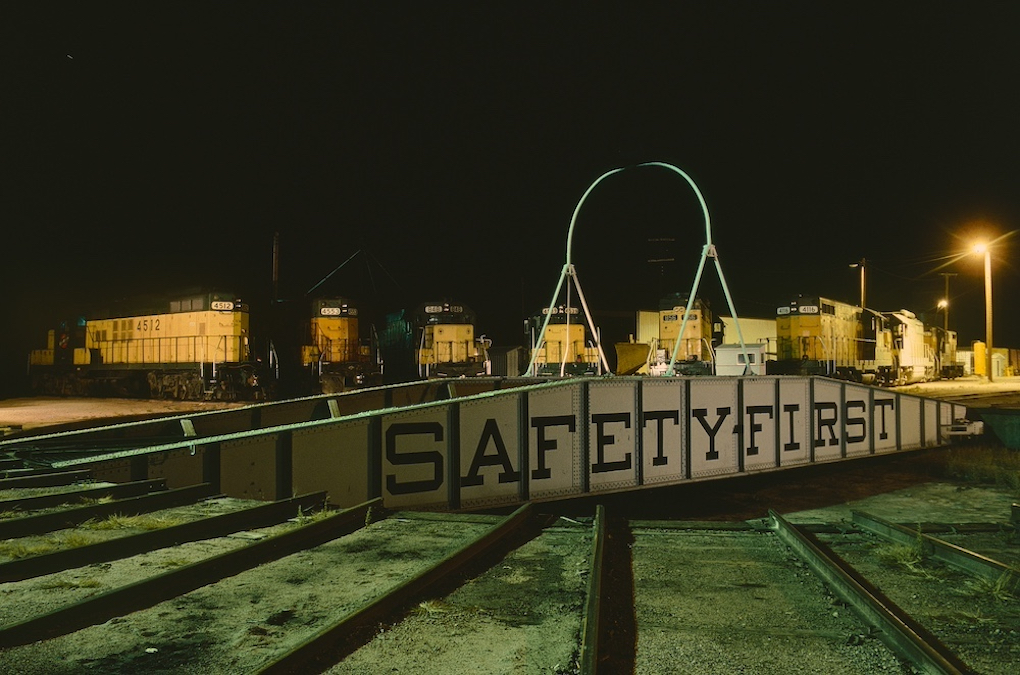
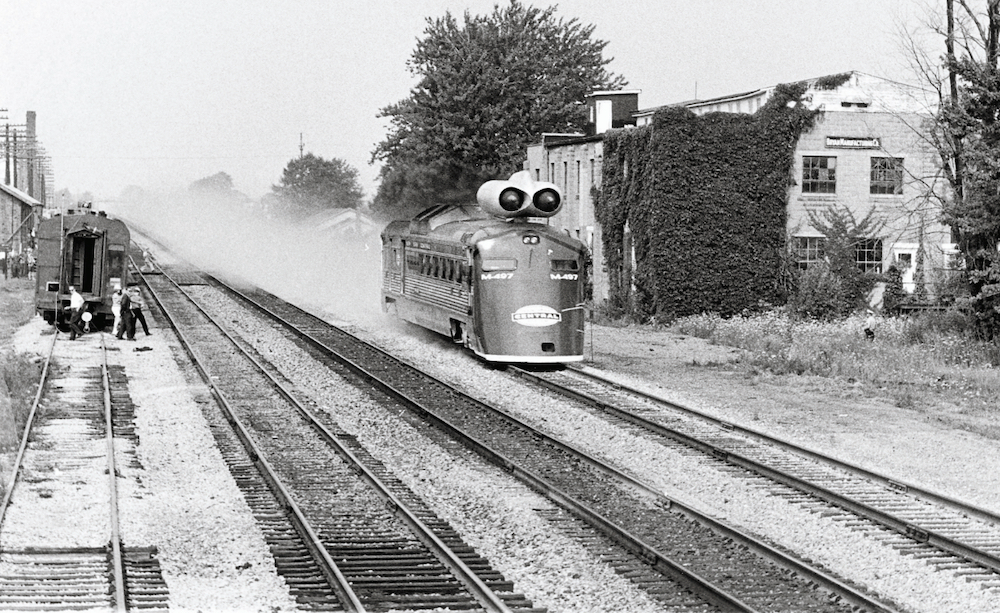
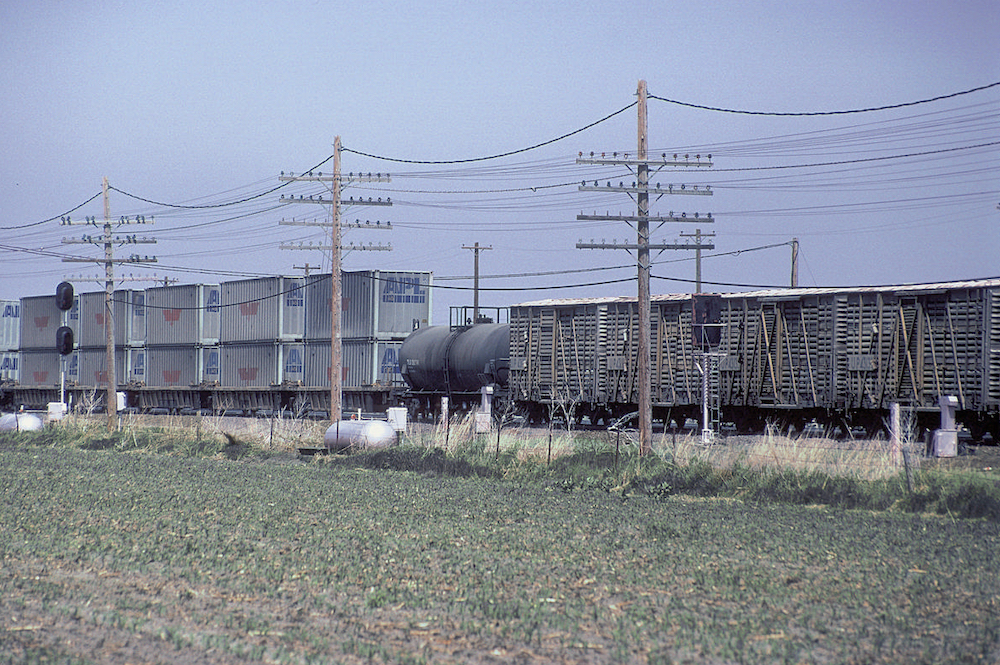
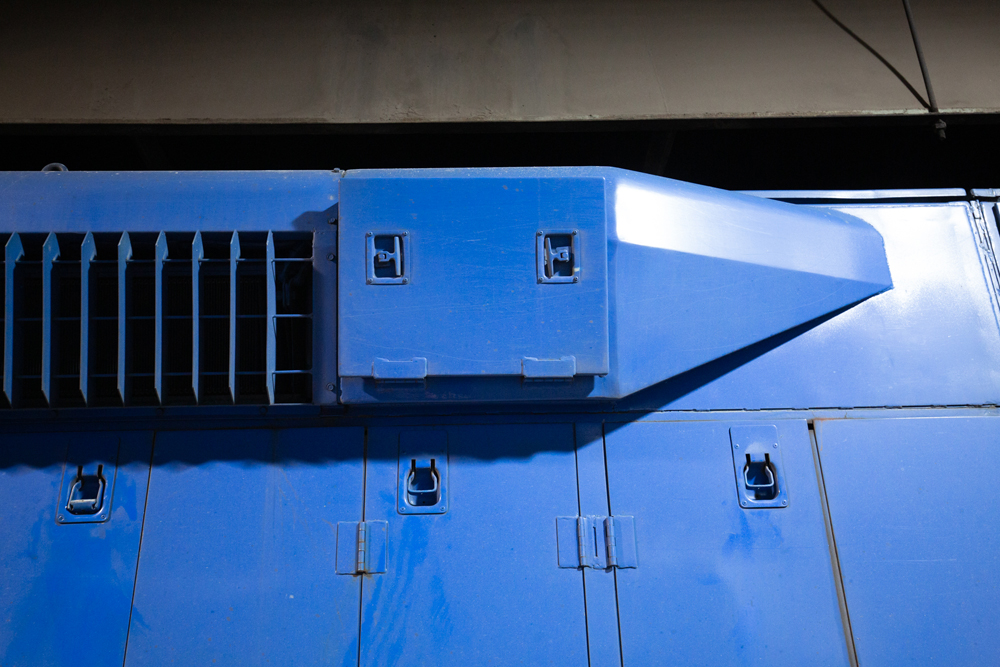




Mary Stahl – whatever may have existed previously was not nearly as sophisticated as the current PTC. This PTC involves real-time location monitoring of every train, complex computer programs to evaluate direction, speed, weight, etc. of each train, a system-wide communications network to send and receive all that data, and much more. All of this has to be compatible with any train that travels on a given track, so PTC must for all intents and purposes be standard for all affected railroads.
Notice how many “final” standards were issued, not to mention the requirement that every radio tower (needed every few miles to transmit data) had to be reviewed and approved to ensure it didn’t infringe on a historic site. This often involved participation of local native American tribes.
Needless to say, this has been a complicated and expensive system to implement.
interesting, had no idea just how it evolved. But I have also heard that many railroads had a safety system years ago and some were removed by current users.